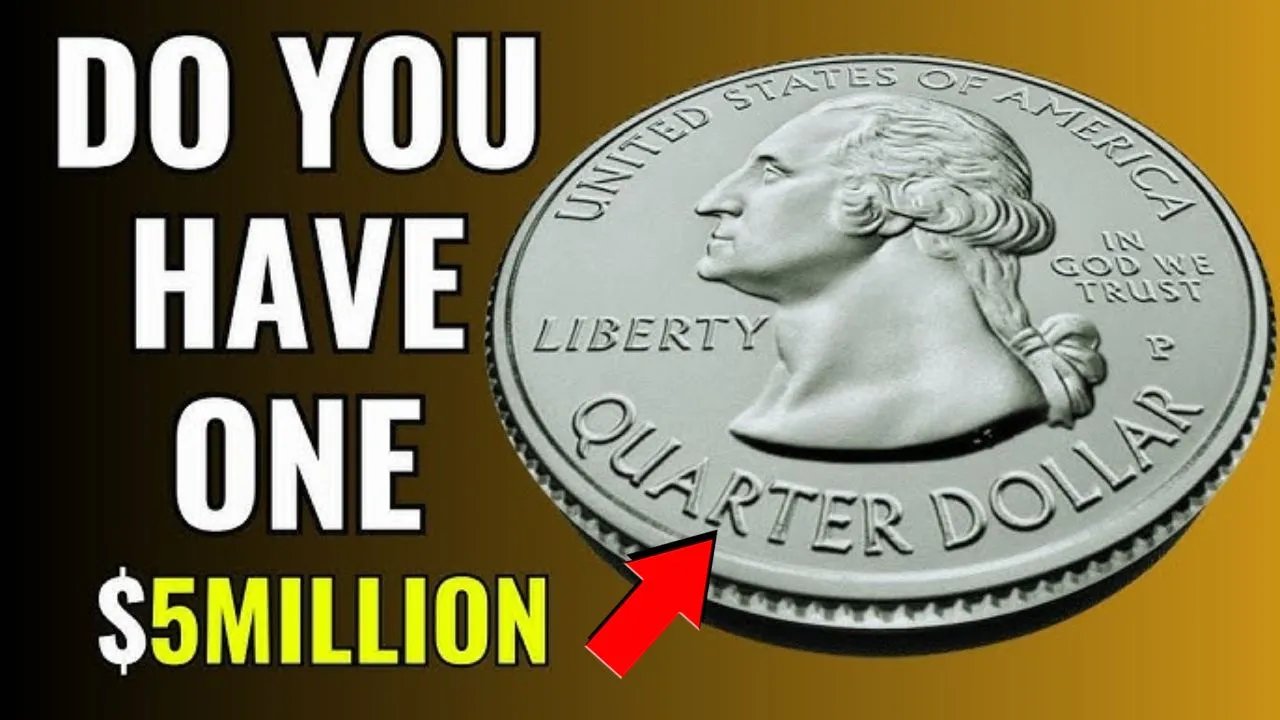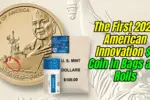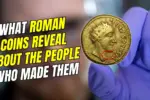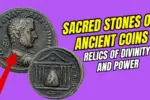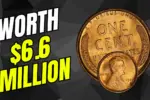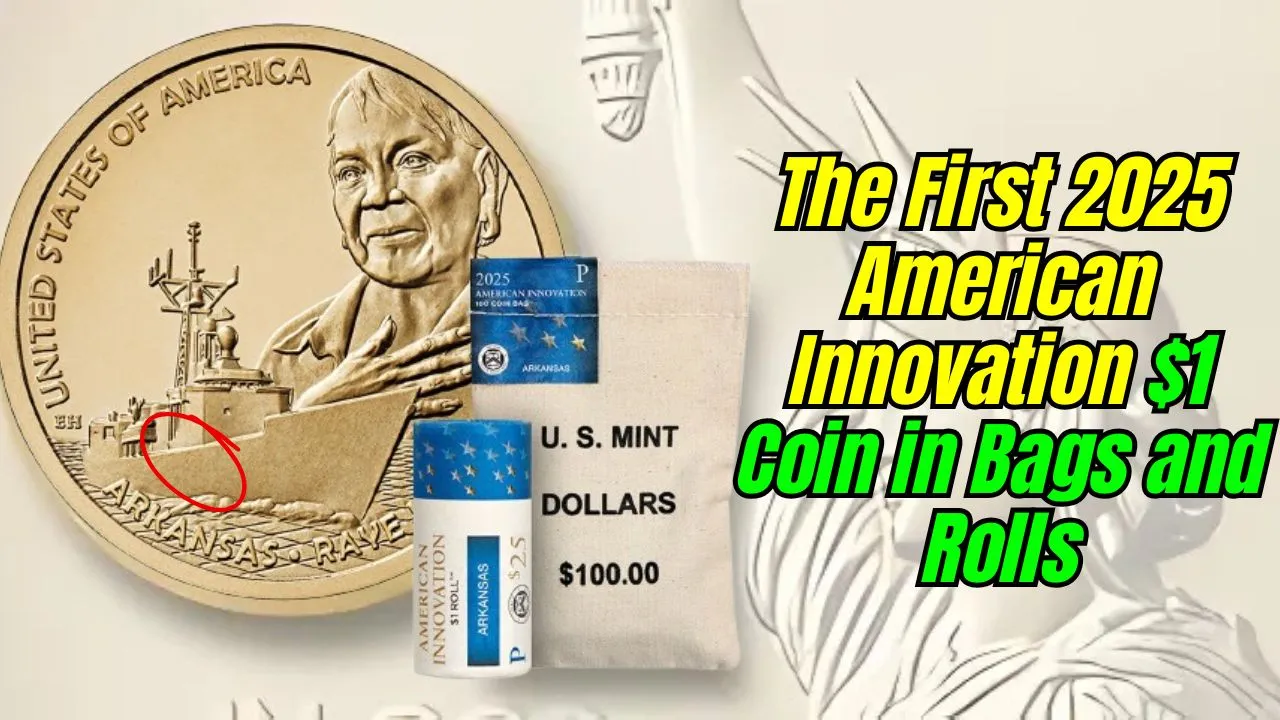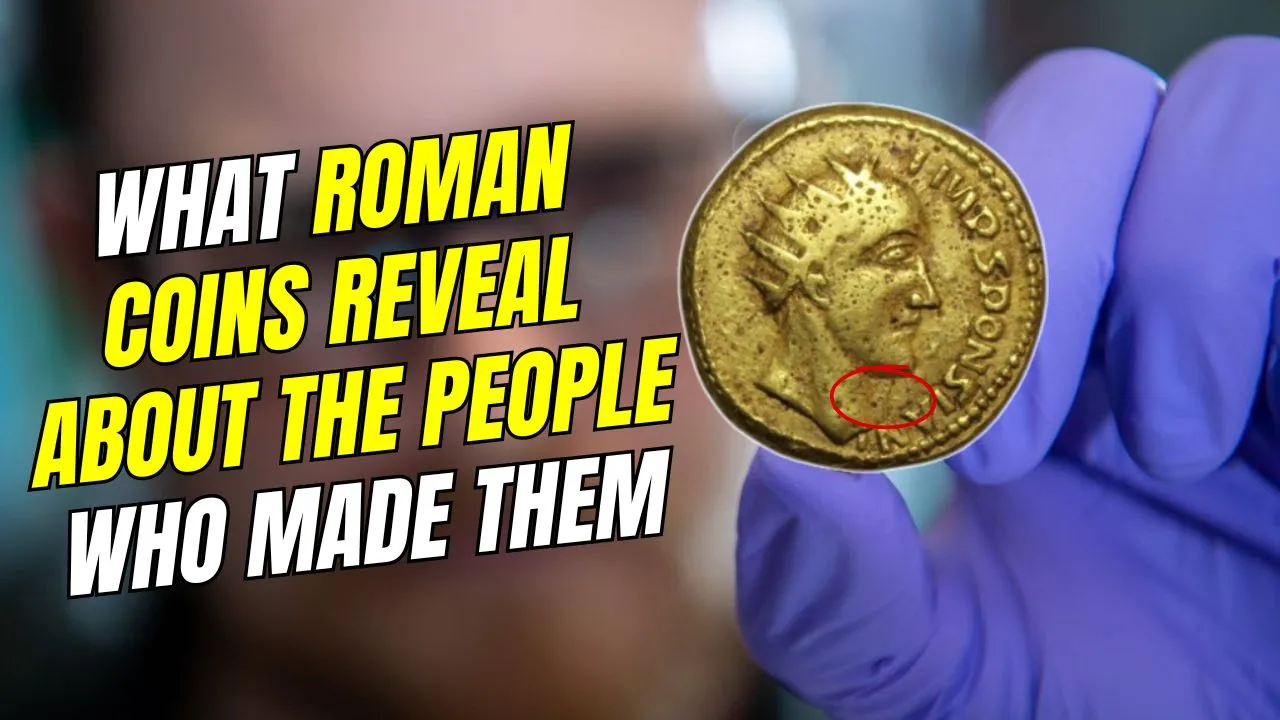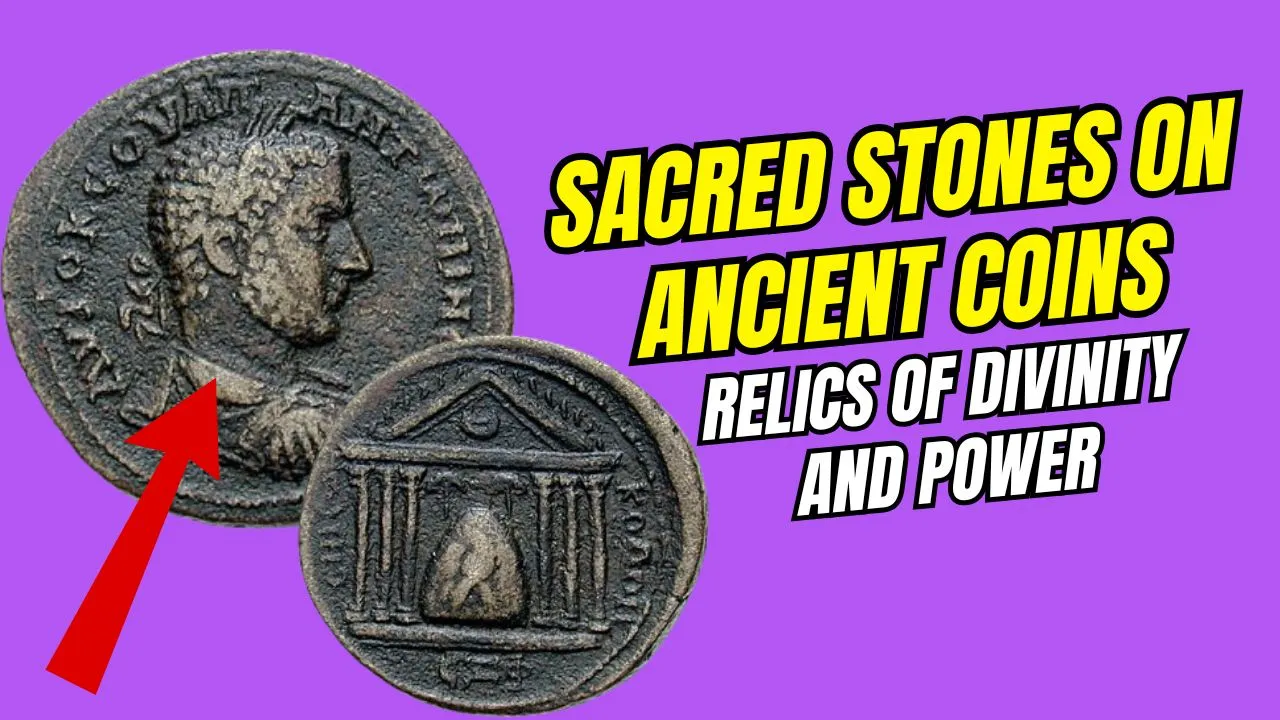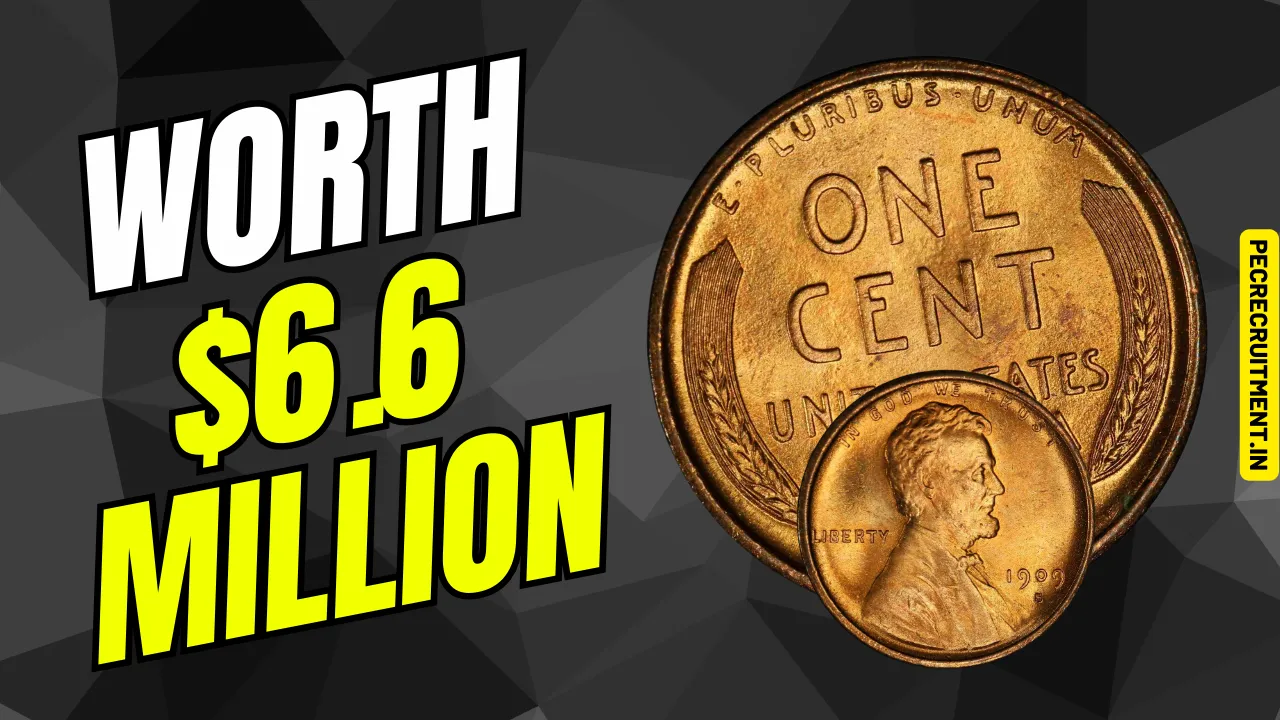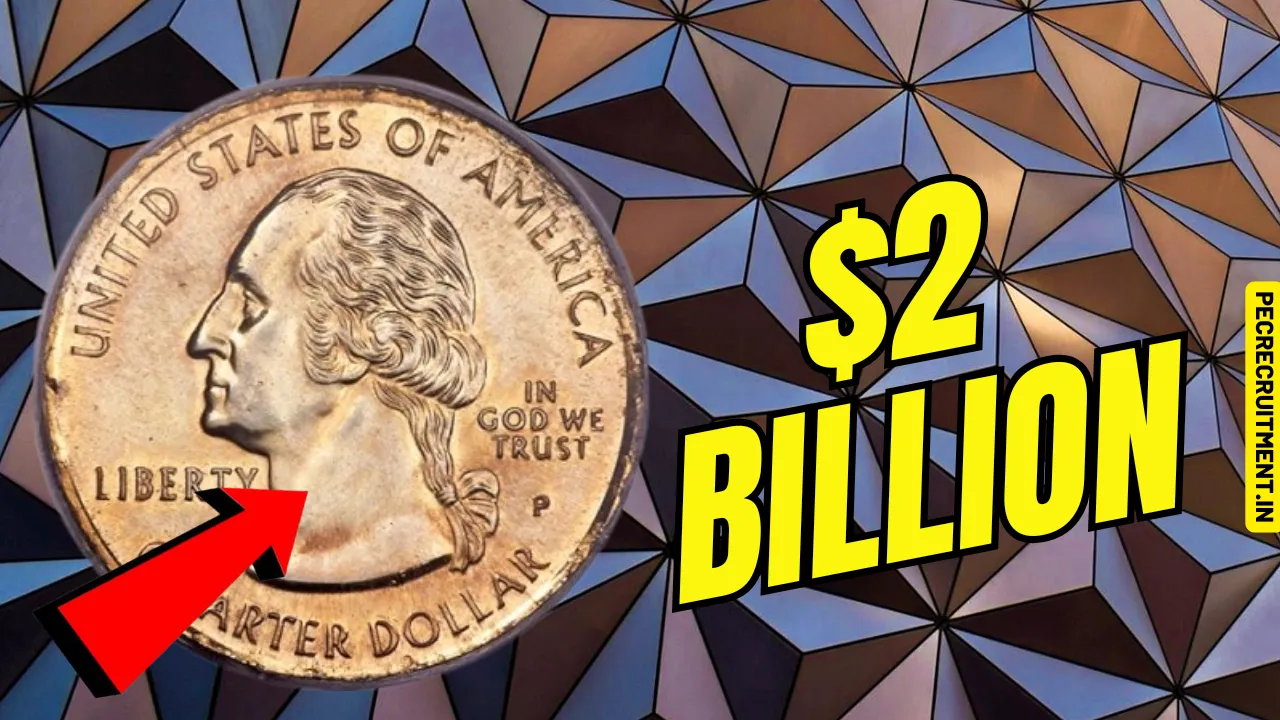Bicentennial Quarter Value: There has been widespread speculation about the possibility of a Bicentennial Quarter being worth an astonishing $1.5 billion. Many people have been checking their coin collections, hoping to discover a rare and valuable piece. However, while there are Bicentennial Quarters that hold significant value, the claim that a single coin is worth billions is purely a myth.
Despite this, certain versions of the 1976 Bicentennial Quarter can fetch impressive sums, particularly those in pristine condition or with rare errors. This article explores the value of these quarters, how to identify a valuable one, and where you can sell them if you believe you have a rare find.
Overview of Bicentennial Quarter Value
| Category | Details |
| Year of Issue | 1976 |
| Mint Marks | P (Philadelphia), D (Denver), S (San Francisco – proof coins) |
| Composition | Copper-nickel clad, 40% silver (San Francisco proof versions) |
| Total Coins Minted | Over 1.6 billion |
| Highest Auction Price | $19,200 for a silver MS69 quarter |
| Common Value | Face value ($0.25) if circulated |
| Error Coin Value | Can range from hundreds to thousands of dollars |
| Best Selling Platforms | Online marketplaces, coin dealers, auctions |
Understanding the Bicentennial Quarter
The Bicentennial Quarter was issued in 1976 to commemorate the 200th anniversary of American independence. Unlike standard quarters, which feature an eagle on the reverse, these coins have a unique design honoring the nation’s history.
- Obverse (Front): The traditional portrait of George Washington with the dual date 1776-1976 instead of a single-year minting date.
- Reverse (Back): A design featuring a colonial drummer boy, with a torch surrounded by 13 stars, symbolizing the original colonies.
Although these coins were produced in large quantities, some variations and errors have made specific Bicentennial Quarters highly valuable to collectors.
Can a Bicentennial Quarter Be Worth $1.5 Billion?
The rumor that a Bicentennial Quarter is worth $1.5 billion has no basis in reality. No recorded sale or appraisal has ever placed such an extraordinary value on a single quarter. The highest verified sale of a Bicentennial Quarter reached $19,200, and that was for a near-perfect silver proof version.
While it is unlikely to find a quarter worth millions or billions, certain error coins or high-grade specimens can still fetch impressive prices in the market.
Different Types of Bicentennial Quarters and Their Value
Not all Bicentennial Quarters hold significant value. The price depends on where they were minted, their composition, and their condition. Here are the main types:
1. Philadelphia Mint (No Mint Mark)
- The most commonly found Bicentennial Quarters were minted in Philadelphia and do not carry a mint mark.
- These coins were heavily circulated, meaning most are only worth face value.
- In near-perfect uncirculated condition, they may be worth $5 to $10.
2. Denver Mint (D Mint Mark)
- Similar to the Philadelphia version, Denver-minted quarters are widely available and usually worth only face value.
- If uncirculated or in mint condition, they can fetch $5 to $15.
3. San Francisco Mint (S Mint Mark – Proof Versions)
- The San Francisco Mint produced proof quarters, including both clad and 40% silver versions.
- The silver proof versions are significantly more valuable, especially in high grades.
- The highest recorded price for an MS69 silver Bicentennial Quarter was $19,200.
Factors That Determine the Value of a Bicentennial Quarter
While most Bicentennial Quarters are only worth their original 25 cents, several factors can make certain pieces far more valuable.
1. Coin Condition and Grading
Coins are graded on a scale, with MS (Mint State) ratings determining their value.
- Circulated coins show wear and typically hold only face value.
- Uncirculated coins (MS60-MS66) can range in value from $5 to $50.
- High-grade coins (MS67 and above) can sell for hundreds or thousands of dollars.
2. Minting Errors
Rare error coins are some of the most sought-after collectibles. Some valuable Bicentennial Quarter errors include:
- Double Die Obverse: A visible doubling of the design due to misalignment during striking.
- Off-Center Strikes: A misaligned strike creating an uneven image on the coin.
- Clipped Planchet: A missing section of the coin due to an error in cutting the metal blanks.
Some error quarters have sold for thousands of dollars in auctions.
3. Silver Composition
Most Bicentennial Quarters are made of copper-nickel clad, but San Francisco Mint produced 40% silver proof quarters. These silver versions are naturally more valuable, especially if they remain in mint condition.
How to Identify a Rare and Valuable Bicentennial Quarter
If you believe you have a valuable Bicentennial Quarter, follow these steps to assess its worth:
- Check the Mint Mark – An “S” mint mark indicates a San Francisco proof coin, which could be silver.
- Look for Errors – Examine the coin under a magnifying glass for signs of double die, off-center strikes, or clipped edges.
- Weigh the Coin – Silver quarters weigh 24.6 grams, while standard copper-nickel quarters weigh 22.68 grams.
- Check the Condition – Coins in highly polished, uncirculated condition have a much higher value.
- Get It Graded – If you believe your quarter is rare, send it to a professional grading service like PCGS or NGC for verification.
Where to Sell a Valuable Bicentennial Quarter
If you own a rare or high-value Bicentennial Quarter, here are some of the best ways to sell it:
- Online Marketplaces – Websites like eBay, Etsy, and Facebook Marketplace allow collectors to buy and sell coins.
- Coin Dealers – Local numismatic shops can appraise and purchase valuable quarters.
- Auctions – Large auction houses like Heritage Auctions or Stack’s Bowers specialize in rare coins.
- Coin Shows – Attending a numismatic convention connects you with potential buyers and collectors.
Frequently Asked Questions (FAQs)
1. Is there really a Bicentennial Quarter worth $1.5 billion?
No, this is a false claim. The highest sale recorded for a Bicentennial Quarter was $19,200 for a near-perfect silver proof version.
2. How do I know if my Bicentennial Quarter is valuable?
Look for mint marks, errors, silver composition, and high condition grades. A professional grading service can confirm its value.
3. Which Bicentennial Quarters are made of silver?
Only the San Francisco Mint (S mint mark) produced 40% silver proof quarters. Weighing the coin can help determine its composition.
4. Where can I sell a valuable Bicentennial Quarter?
Valuable quarters can be sold through eBay, coin shops, auctions, and coin shows. Professional grading increases resale value.
5. What are the most valuable Bicentennial Quarter errors?
The rarest errors include double die obverse, off-center strikes, and clipped planchets, which can increase the coin’s worth significantly.
Final Thoughts
While most Bicentennial Quarters are worth only face value, rare error coins and silver proof versions can be worth hundreds or even thousands of dollars. If you suspect you have a valuable quarter, research its details, get it professionally graded, and explore selling opportunities through reputable dealers and auctions.
